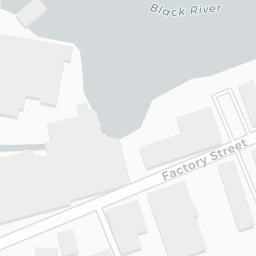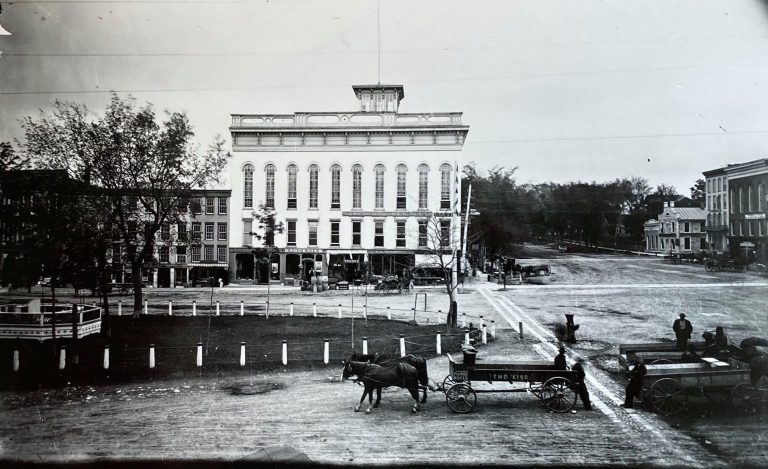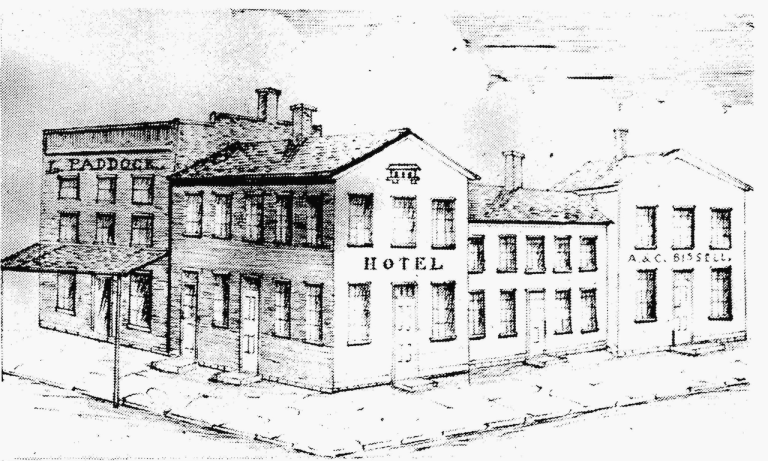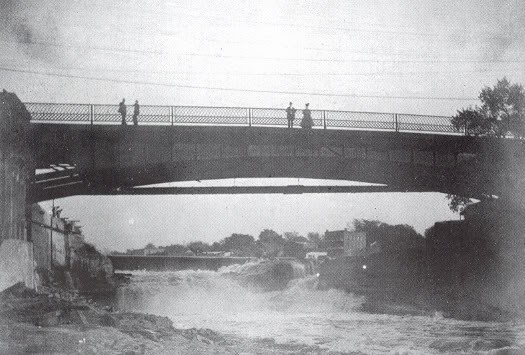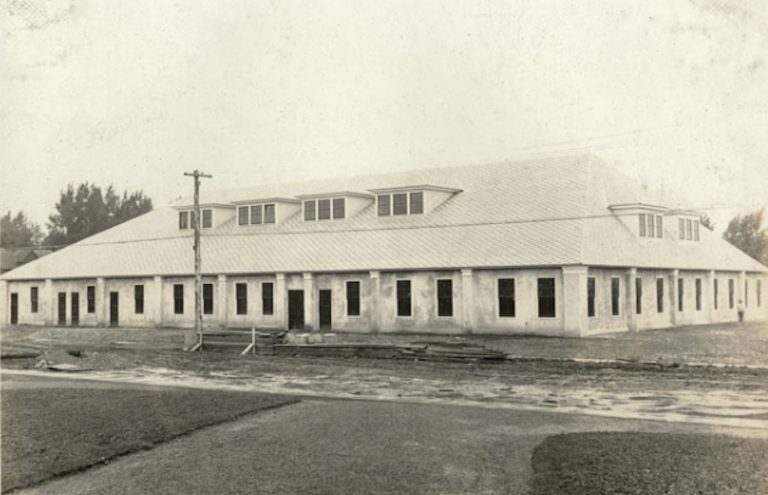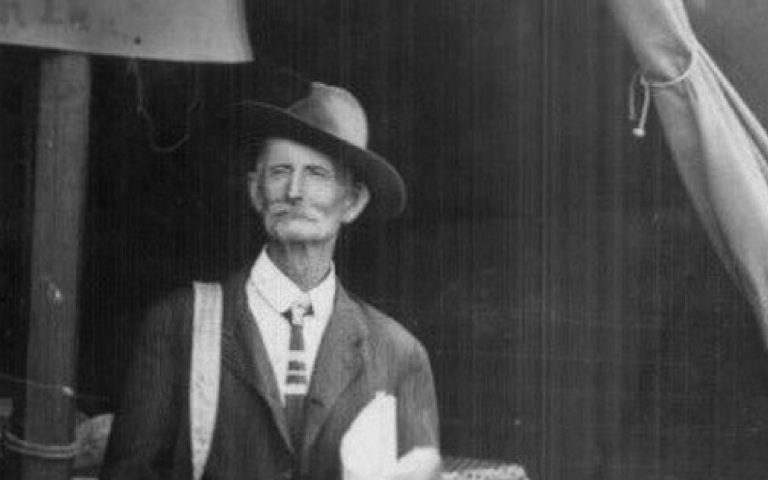Early Watertown – As It Was In 1840
The following is Part I of the “Early Watertown” series, which was printed in the Watertown Daily Times in 1892. Part II, which explores its rapid growth from 1804 to 1812, can be found here. Special thanks to Larry Corbett for locating, transcribing, and sharing the article. Some of the formatting has been changed for SEO purposes (e.g. breaking longer paragraphs into shorter ones.)

Some Very Interesting Notes About Pioneers and Early Settlers – As it Was in 1840
Following is the first of a series of articles descriptive of Watertown in its early days with notes of many of its first settlers. This series will be fuller and more complete, especially in regard to the earliest history of Watertown, than anything of the kind that has been printed heretofore.
It is compiled from a collection of manuscripts and maps and from personal recollections obtained by interviews with oldest inhabitants, the work extending through many months and requiring the exercise of much patience and intelligent industry.
It is hoped that these articles will find a sufficiently cordial reception among the TIMES readers to reward for its publication and for the great amount of work necessary in its preparation:
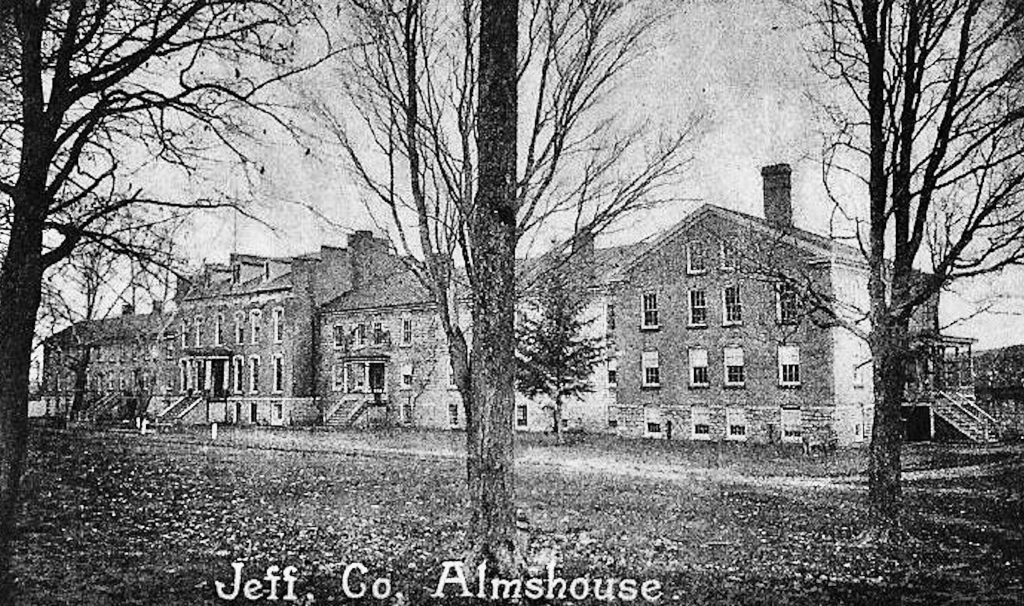
Part I
The settlement of Watertown may be said to have commenced in 1800; for though there were purchases of real estate in this locality previous to that date, it is believed that no buildings were erected until about 1800 or 1801.
Tilly R. Sheldon, who resided a good part of his life on Dry Hill, and who obtained the story from one or more of the parties, tells us that Eliphalet Edmunds and his brother came down the Black River in the fall of 1798. They were from Clarendon, Vt., and hearing that game was plenty in this section came in pursuit of it.
They built a boat somewhere up the river, perhaps at the High (now Lyons) Falls, and descended the stream without great difficulty until they reached the falls here. Undertaking to get their boat over these, it was upset and the contents, among them two valuable guns, were emptied into the river and lost.
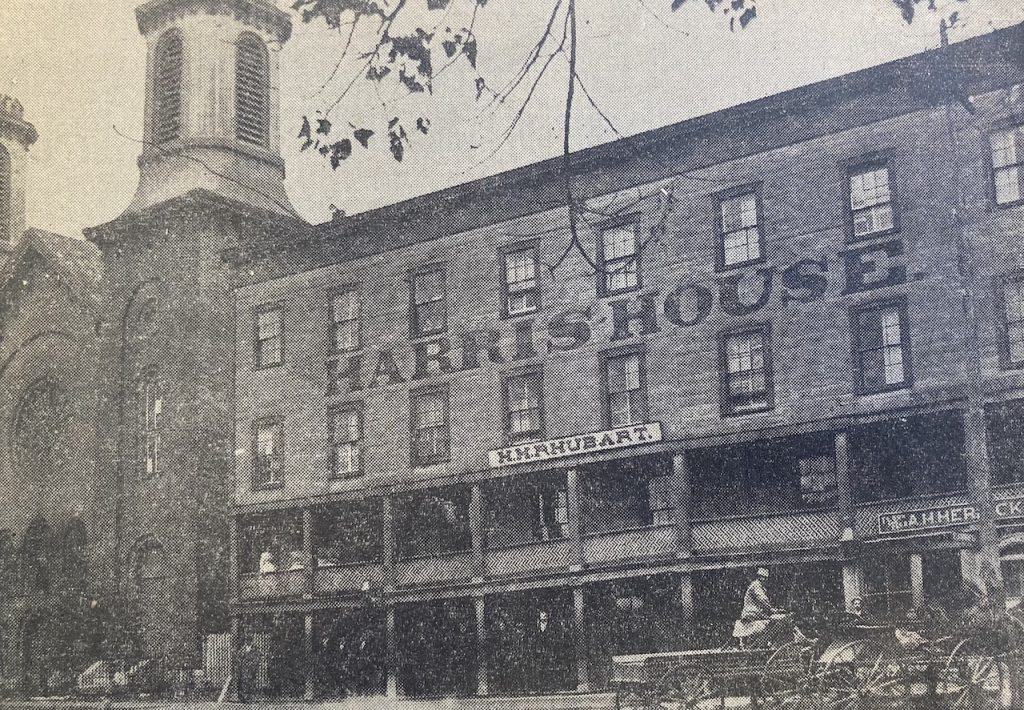
The two Edmunds then went south, one of them settling near the mouth of the Sandy Creek in Ellisburg, and the other in the town of Adams. The next year or the one following, Nathaniel and Seyrel Harrington and Joshua Priest, who were acquaintances of the Edmunds’ in Vermont, came on and settled upon Dry Hill.
These men were soon joined by Joseph Sheldon, Benjamin Fassett, John Losee, John Babcock, John Parsells, Patrick Agan (father of P. H. Agan, of Syracuse, for years editor of the Syracuse Standard,) Samuel and John Knapp, Samuel Rockwell, J. Sikes, father of the late Dr. Sikes, James Glass, Jonathan E. Miles, Tilley Richardson (on the Jacob Stears place.) Seth Peck and Francis Lamon, grandfather of F.P. and J.J. Lamon, of this city.
The first settlers in Watertown, or the first who made considerable purchases of real estate in what became the village thus named were Henry Coffeen, the Masseys, Hart and Isaiah, and Zachariah Butterfield. The later acquired title to all or nearly all the land between Washington and State streets, the Masseys, one or both, secured all the territory west of Washington street, while Mr. Coffeen took possession of the land between Court and Arsenal streets to the western boundaries.

Ezekial Jewett bought of Nicholas Low, the original proprietor of the settlement, 415 acres of land north of State street. Mr. Coffeen came from Oneida county, but was a native of Vermont. The Masseys were likewise from the Green Mountain state, while Mr. Butterfield was from New Hampshire. Isaiah Massey erected and kept the first hotel, which was situated at the head of Public Square, between the American arcade and the Paddock Arcade.
Mr. Butterfield erected a log cabin on a portion of the land now covered by Washington Hall block, while Mr. Coffeen built a hut just west of the Iron block. Hart Massey resided first in a log house near Paddock Arcade entrance, then in a frame house on the lot on Washington street where Edwin Paddock now lives, but after a few years built the brick dwelling on Massey avenue (Rexford Place), which was then in the country. It is still owned by some of his descendants.
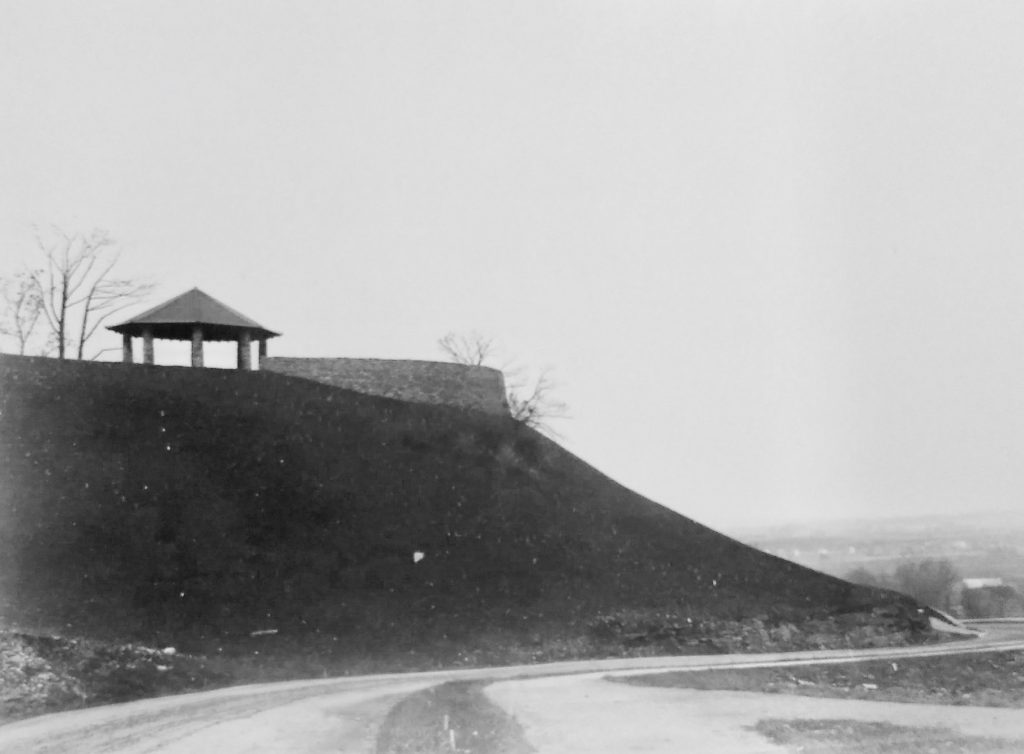
These pioneers came to Watertown by a road from Utica which passed through Burrville, thence over the reservoir hill, striking Washington street to Public Square. Who owned the strip of land between the square and Court street and the river is not known. It may or may not have been embraced in the original purchase of the parties above named. Certain it is that portions of the tract were disposed of for milling and mechanical purposes; for we find that in 1804 or 1805, Jonathan Cowan erected a grist mill near the site of the Union Mills and a little later, (in 1807) Gurden Caswell built a paper mill and commenced the manufacture of paper.
Previous to 1805, it was not satisfactorily determined that the territory selected by the Masseys, Mr. Coffeen and Mr. Butterfield, was the most eligible one for the founding of a village. It was on one side of the town, and the stream was so large that the settlers had doubts if it could be dammed. So there was a settlement at Burrville, another at Watertown Centre, another known as Field’s Settlement, and there was a large gathering of farmers on Dry Hill which competent judges tell us is one of the most fertile regions on the American continent.
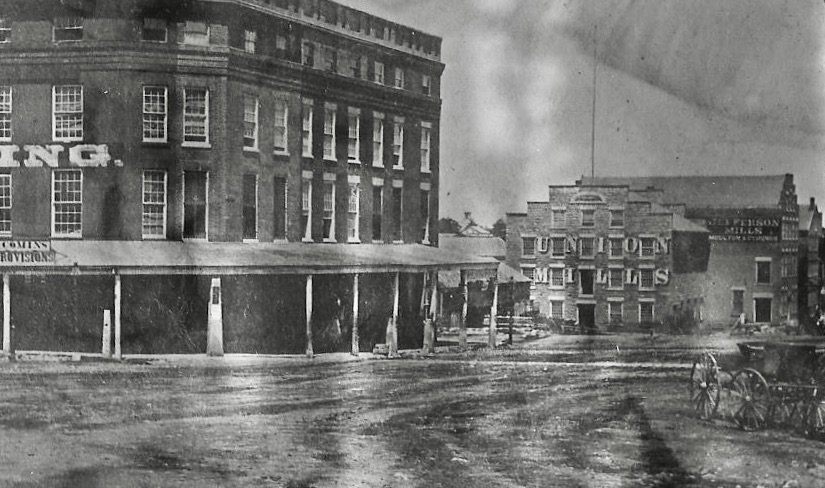
A map of Watertown as it appeared in 1804 shows that there were only five streets here at that time and only twenty buildings, including houses, barns, stores and mills. The streets were what are now known as State, Washington, Arsenal, Court and Mill streets. State and Arsenal and Court and Washington being continuous roads. Mill street ran as far as the first branch of Black River, there being at that time no bridges across to Beebee’s island (then known as Cowan’s island.)
The Court street road was the route to Brownville, Washington street led to Adams, and Arsenal and State streets were known as the State road from Sackets Harbor to Martinsburg and Utica. The map shows no buildings of any description within the territory embraced by Court and Arsenal streets. A bridge crossed the river at the same place where the present Court street bridge is located and a two-story frame structure is shown on the map at a point where the Baron block now stands. This building was Isaac Cutler’s distillery.
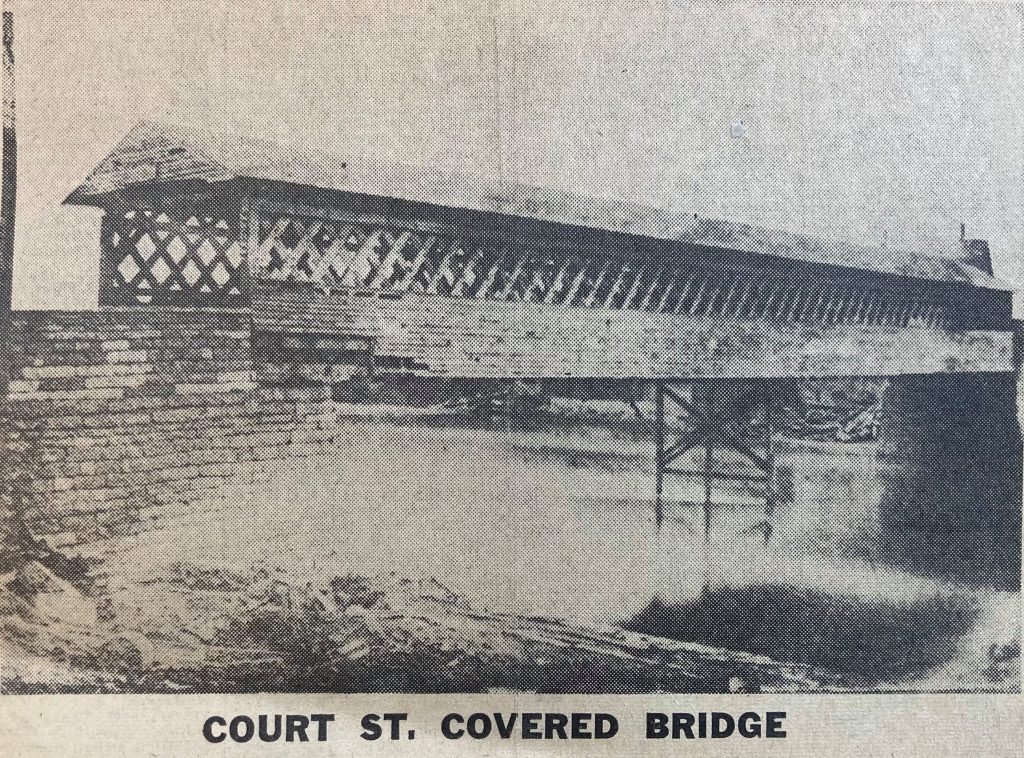
The centre of the settlement was the four corners, as it is at the present day, without the Public Square, and was called Coffeenville. Judge Coffeen occupied a log cabin built by himself on a spot about where the Iron block stands. Israel Thornton’s residence and the house and sawmill of Jonathan Cowan were situated at the foot of the Mill street road.
These buildings were the only ones north of Court and State streets. A frame of the old white house is represented on the map as being on the corner of Washington and Arsenal streets and in the rear of it a barn fronting on Arsenal street. On the opposite corner, about where the Washington hall block stands, another log house build by Zachariah Butterfield is represented.
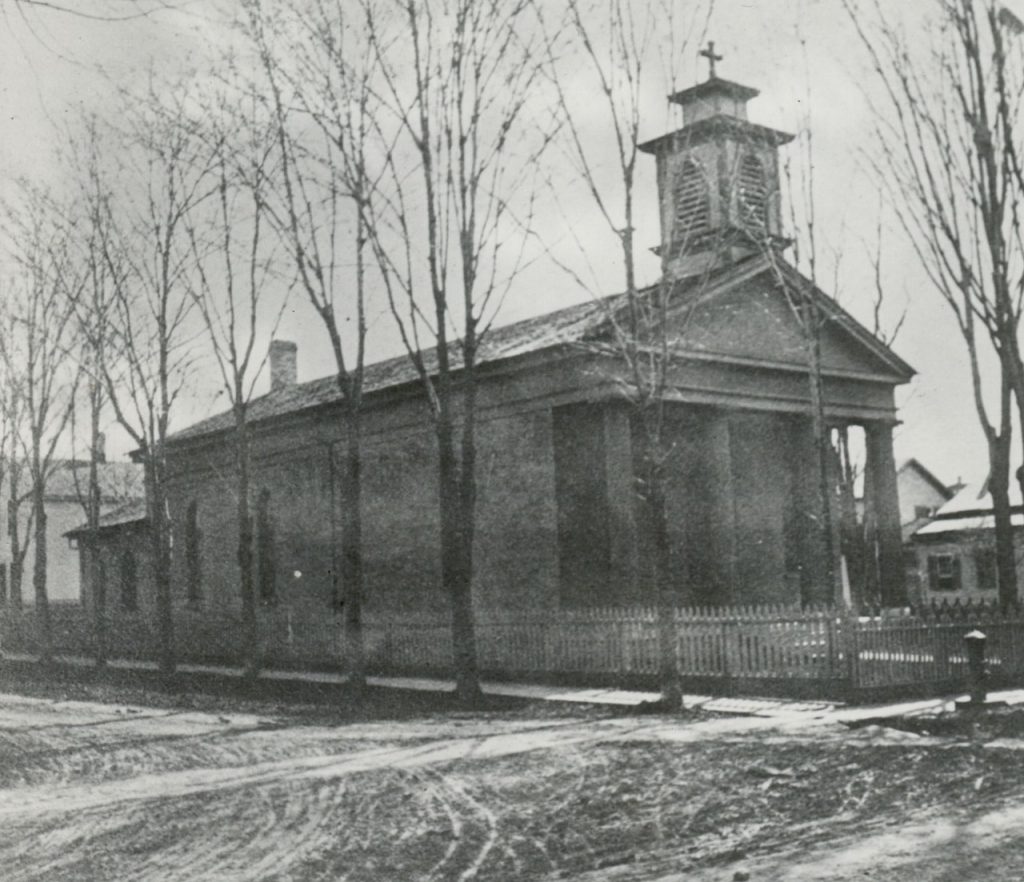
Next to this house on State street the map shows Amasa Tax’s frame for a store. Dr. Isaiah Massey’s residence was located about where the Paddock arcade is, and next to it was the house and barn of Aaron Bacon. Further up the street, on the same side, Hart Massey’s frame house and barn and Padi Wells’ house and hat shop are located.
On the east side of Washington street a building owned by J. Wait stood about where the Agricultural building is located. Next came Aaron Keyes‘ cooper shop and dwelling, being built upon the spot where the Sun Fire building stands. Medad Canfield’s house came next and was situated directly across the street from Hart Massey’s. Still further up Washington street was Joel Goodale’s house, which was more remote from the four corners than any other dwelling.




